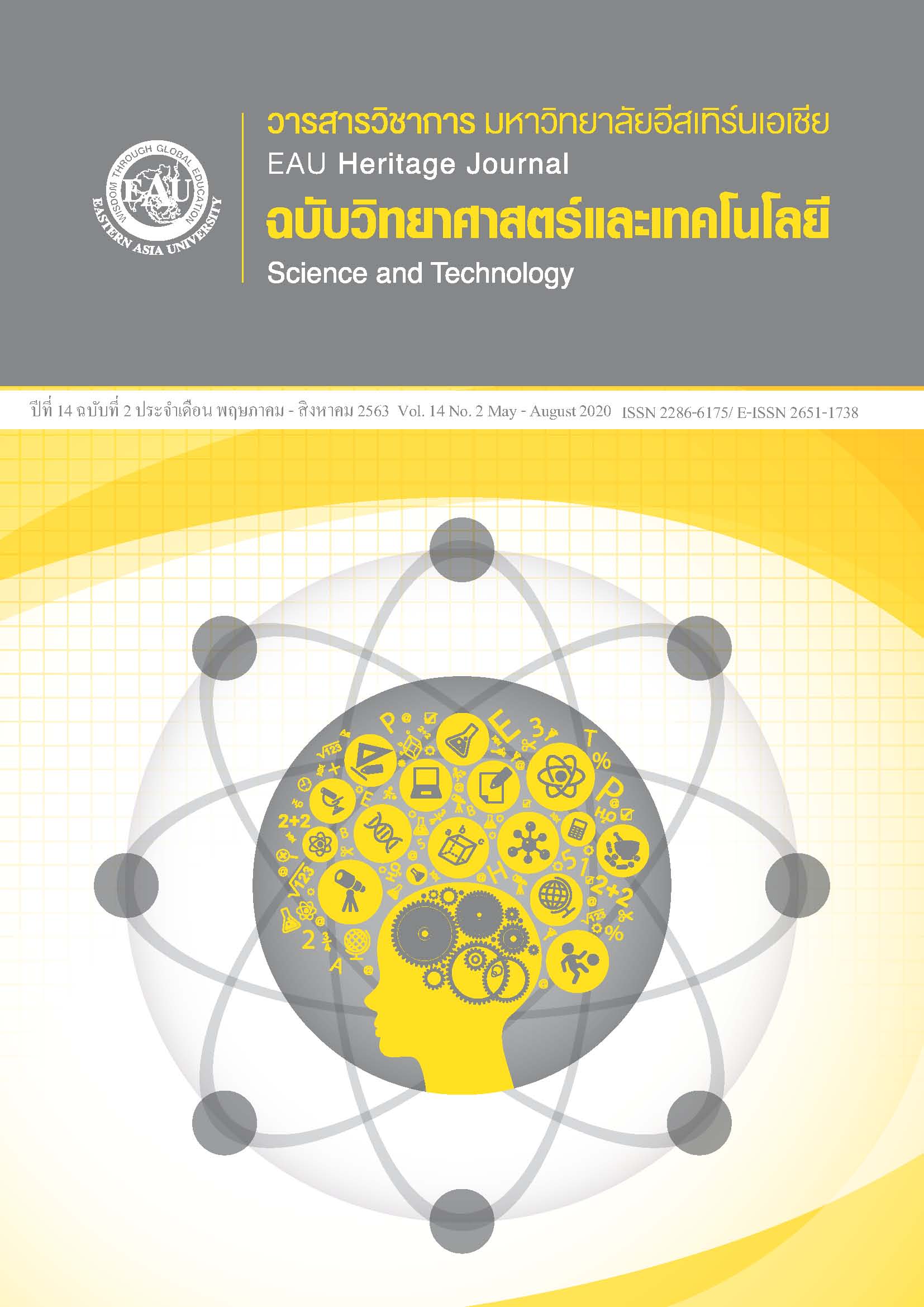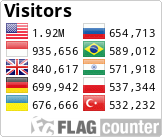แรงสนับสนุนทางสังคมกับการควบคุมระดับน้ำตาลในเลือดของผู้ป่วยเบาหวานชนิดที่ 2
คำสำคัญ:
แรงสนับสนุนทางสังคม, ผู้ป่วยเบาหวานชนิดที่ 2, การควบคุมระดับน้ำตาลในเลือดบทคัดย่อ
บทความนี้ผู้เขียนมีวัตถุประสงค์ที่จะนำเสนอแนวคิดแรงสนับสนุนทางสังคมกับการควบคุมระดับน้ำตาลในเลือดของผู้ป่วยเบาหวานชนิดที่ 2 ในทศวรรษที่ผ่านมา พบว่า โรคเบาหวานชนิดที่ 2 มีแนวโน้มสูงขึ้นอย่างต่อเนื่องและไม่สามารถรักษาให้หายขาดได้ ผู้ป่วยจะต้องอยู่กับโรคไปตลอดชีวิต หากผู้ป่วยสามารถปฏิบัติพฤติกรรมสุขภาพได้อย่างถูกต้อง ในด้าน (1) การรับประทานอาหารเพื่อสุขภาพ (2) การออกกำลังกาย (3) การแก้ปัญหาสุขภาพ (4) การลดปัจจัยเสี่ยง (5) การเผชิญปัญหาสุขภาพ (6) การตรวจสอบระดับน้ำตาลในเลือด และ (7) การรับประทานยาและพบแพทย์ตามนัด ก็จะสามารถควบคุมระดับน้ำตาลในเลือดได้ แต่ทั้งนี้ผู้ป่วยเบาหวานชนิดที่ 2 จะปรับเปลี่ยนพฤติกรรมได้อย่างมีประสิทธิภาพต้องได้รับแรงสนับสนุนทั้งทางตรง และทางอ้อม จากบุคคลใกล้ชิด ได้แก่ สมาชิกในครอบครัว เพื่อนบ้าน ผู้นำชุมชน เพื่อนร่วมงาน เจ้าหน้าที่สาธารณสุข
เอกสารอ้างอิง
Bunthamcharoen, K. (2011). Physical health. In Chuenruethai Kanchanachitra (Ed.), Thai Health 2011.
Nakhon Pathom: Amarin Printing and Publishing Company. (in Thai)
Carroll, A. E., & Marrero, D. G. (2006). The role of significant others in adolescent diabetes: A qualitative
study. Diabetes Educator, 32(2), 243-252. https://doi.org/10.1177/0145721706286893.
Cohen, S., Underwood, L. G., & Gottlieb, B. H. (2000). Social support measurement and intervention: A guide for health and social scientists. New York: Oxford University.
Department of Health Service Support. (2017). Family Volunteer Guide (OCSC) care group patients with
Chronic Non-Communicable Diseases (NCDs). Bangkok: Community Printing Cooperative of Agricultural Cooperatives of Thailand. (in Thai)
Ekkaphakorn, C. (2014).The 5th Thai Health survey report 2014. Nonthaburi: Health Systems Research
Institute. (in Thai)
Fisher, E. B., Brownson, C. A., O’Toole, M. L., Shetty, G., Anwuri, V.V., & Glasgow, R. E. (2005). Ecological approaches to self-management: The case of diabetes. American Journal of Public Health, 95(9), 1523-1535. doi:10.2105/AJPH.2005.066084
House, J., & Kahn, R. (1985). Measures and concept of social support. In S. Cohen, & Sl. Syne (Eds.) Social support and health (pp. 83-108). Orlando: Academic
Hupcey J. E. (1998). Clarifying the social support theory-research linkage. Journal of advanced nursing, 27(6), 1231–1241. https://doi.org/10.1046/j.1365-2648.1998.01231.x.
International Diabetes Federation. (2019). About diabetes. Retrieved from
https://www.idf.org /aboutdiabetes/type-2-diabetes.html
Junsukon, E., Srijaroen, W., & Samruayruen, K. (2017). Factors predicting self-care behaviors in type II diabetes Mellitus Patientsin Amphoe Mueang, Phitsanulok Province. EAU Heritage Journal Science and Technology, 11(3), 229-239.
Konyanee, S., & Tassana-iem, S. (2019). The effect of the application of food, exercise, emotion, non-smoking, Alcohol aessation and social support to reduce the risk of diabetes and hypertension among new risk groups. Ratchaphruek Journal, 17(2), 95-104. (in Thai)
Ngamxukhos, Ch. (2008). The emergence of diabetes. Bangkok: Beyond Empire. (in Thai)
Pender, N. (1996). Health promotion in nursing practice. Norwalk Connecticut: Appleton & lange.
Phanwet, N. (2016). World Diabetes Day Campaign 2010 (Fiscal Year 2011). Retrieved from
http://www.thaincd.com/document/hot%20news/diabetes.pdf. (in Thai)
Phitayarangsarit, S. (2019). Situation on NCDs prevention and control in Thailand. Nonthaburi: Department of Disease Control. (in Thai)
Siripichakhunkit, A. (2010). Social support: Important factors in caring for diabetic patients. Ramathibodi Nursing Journal, 16(2), 309-323. Retrieved from https://he02.tci-thaijo.org/index.php/RNJ/article/view/8982 (in Thai)
Supachaipanichpong, P., Attasopon, L., & Chumchuen, P. (2016). Effectiveness of social support to change health behavior in Glycemic control for diabetic patients type II in Phaengphuai Sup-district, Damnoensaduak District, Ratchaburi Province. Mahasarakham Hospital Journal, 13(2), 36-45. (in Thai)
Supannakul, K. (2014). Factors predicting Glycemic control behaviors among monks with type 2 diabetes in the Upper Northern Region. EAU Heritage Journal Science and Technology, 8(2), 259-268. (in Thai)
Suriyaphrom, K. (2010). Diabetes and Adipokin. Bangkok: Charoen printing. (in Thai)
Thonghong, A., Tepsittha, K., & Jongpiriyanont, P. (2013). Chronic diseases Surveillance report, 2012. Weekly epidemiological surveillance report, 44(51), 801-808. (in Thai)
Thoits, P. (1982). Conceptual, methodological, and theoretical problems in studying social support as a buffer against life stress. Journal of Health and Social Behavior, 23(2), 145-159. doi: 10.2307/2136511
Uchino, B. N., Cacioppo, J. T., & Kiecolt-Glaser, J. K. (1996). The relationship between social support and physiological processes: a review with emphasis on underlying mechanisms and implications for health. Psychol Bull, 119(3), 488-531. doi: 10.1037/0033-2909.119.3.488
Wachirathamethawi, T. (2007). Relationship between lead factors, facilitated factors, and behaviors of patients with type 2 diabetes who cannot control blood sugar levels in Khon Kaen Hospital (Master’s thesis). Khon Kaen University, Khon Kaen. (in Thai)







